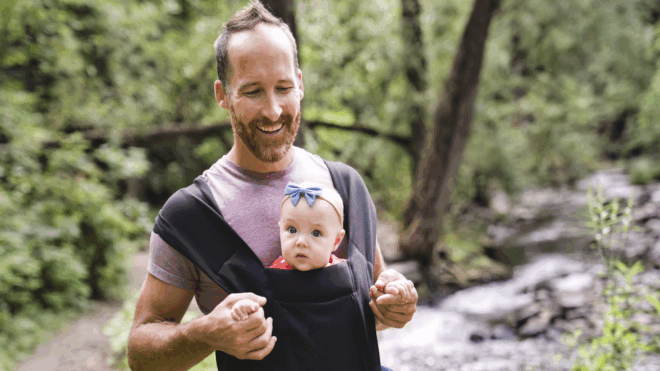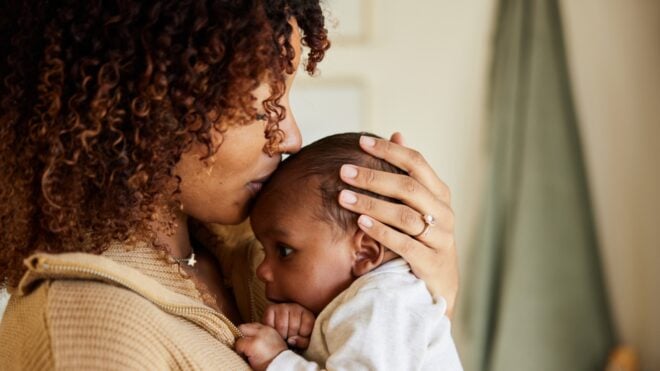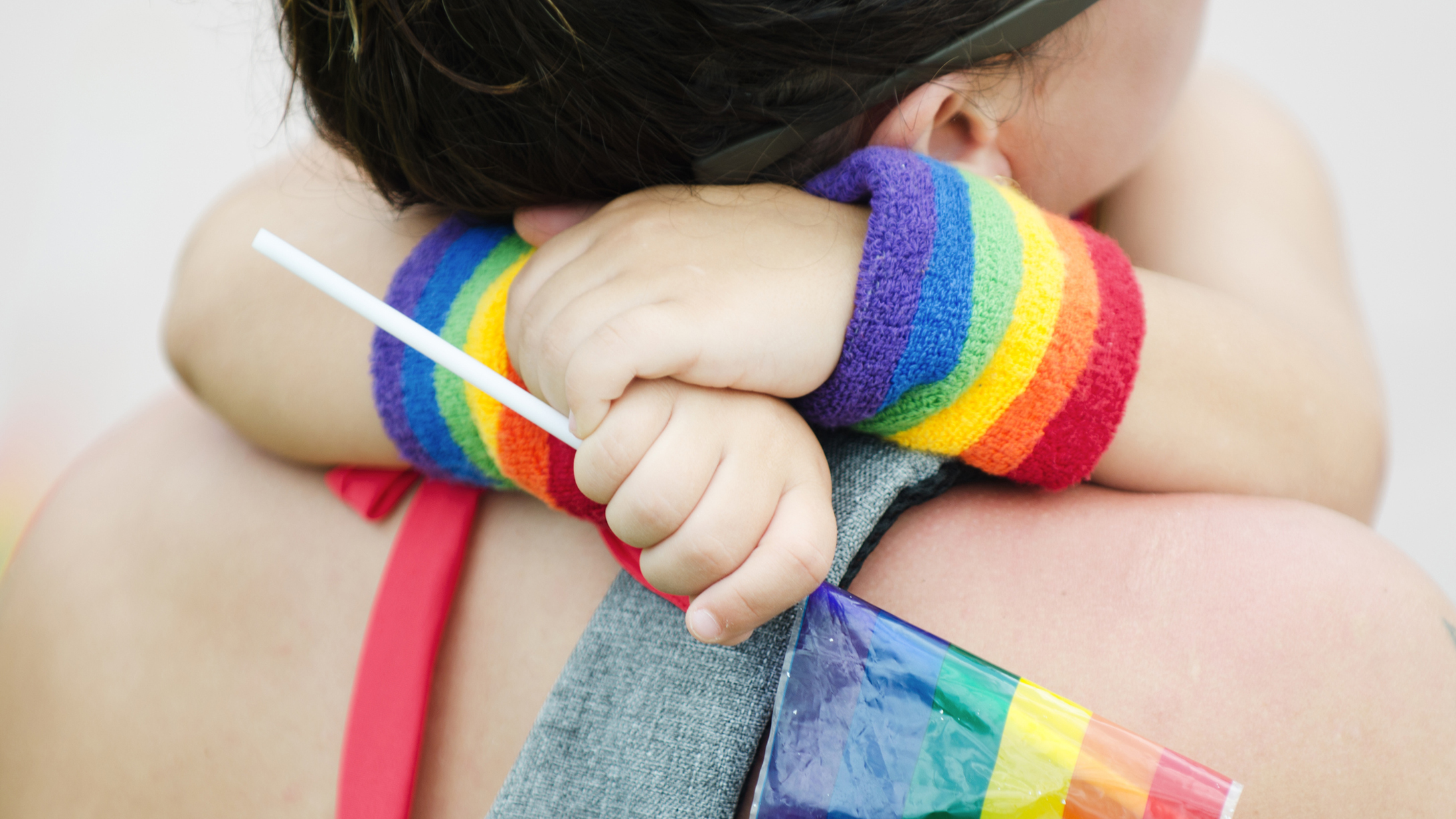
In this article
Normally, when we think of Pride Month, it’s parades, celebrations, and important conversations with our children. But due to the pandemic, the ways in which we mark Pride Month may look different. Whether you’re still in lockdown or your state is gradually opening up, here are a few ideas on how you can celebrate Pride with your kids this year.
"Why is June Pride Month?" and other things to teach your kids about LGBTQ history
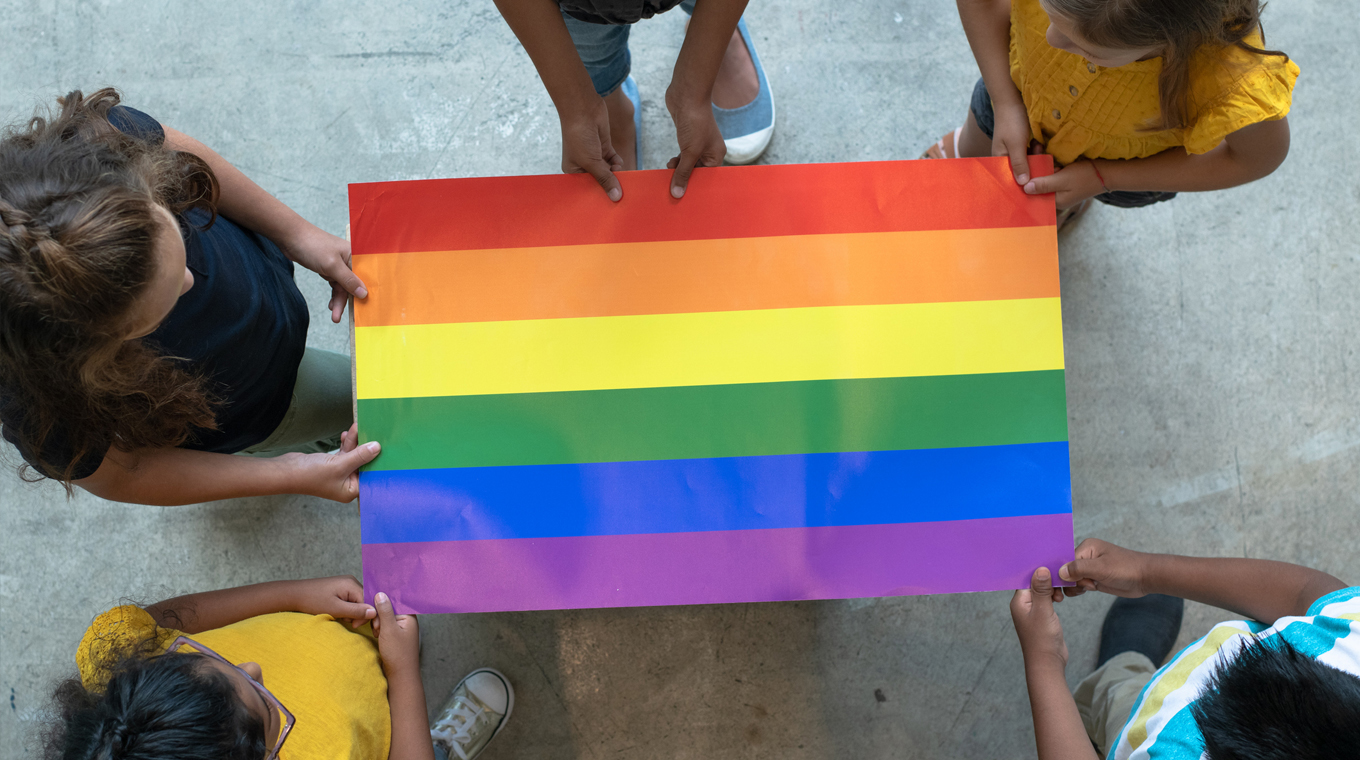
1) Teach LGBTQIA history
Pride Month exists due to one of the most important events leading up to the gay liberation movement and occurs in June to commemorate the Stonewall riots. To honor the first anniversary of the Stonewall riots, the first gay pride marches occurred in New York and many major metropolitan cities. Originally coordinated by bisexual activist Brenda Howard, pride events are meant to acknowledge the significance LGBTQIA folks have effected upon the world.
“This year we’re focusing more on talking about some history of Pride,” mom of two Amy Congdon shared with Mom.com. “They’re starting to draw connections between these different and intersecting marginalized groups of people. It’s really important to me that they understand that no identity exists in a bubble and we’re all made up of lots of different parts,” said Congdon who identified as Chinese American, bisexual, and is married to a cishet man.
2) Include queer people of color in your history
Many pioneers of the gay rights movement were queer people of color, transgender, and drag queens. Read books written by and about black trailblazers like Lori Lightfoot, Chicago's first black female and lesbian mayor, queer Hispanic activists, and Asian American leaders.
3) Explore stories of everyday heroes and local leaders
Every day people are doing extraordinary things to help ensure the safety, dignity, and equality for the LGBTQIA community. You can check out a compilation of some of these people in the 2012 White House LGBT Pride Month Video Challenge.
Conversations to have with your children about Pride
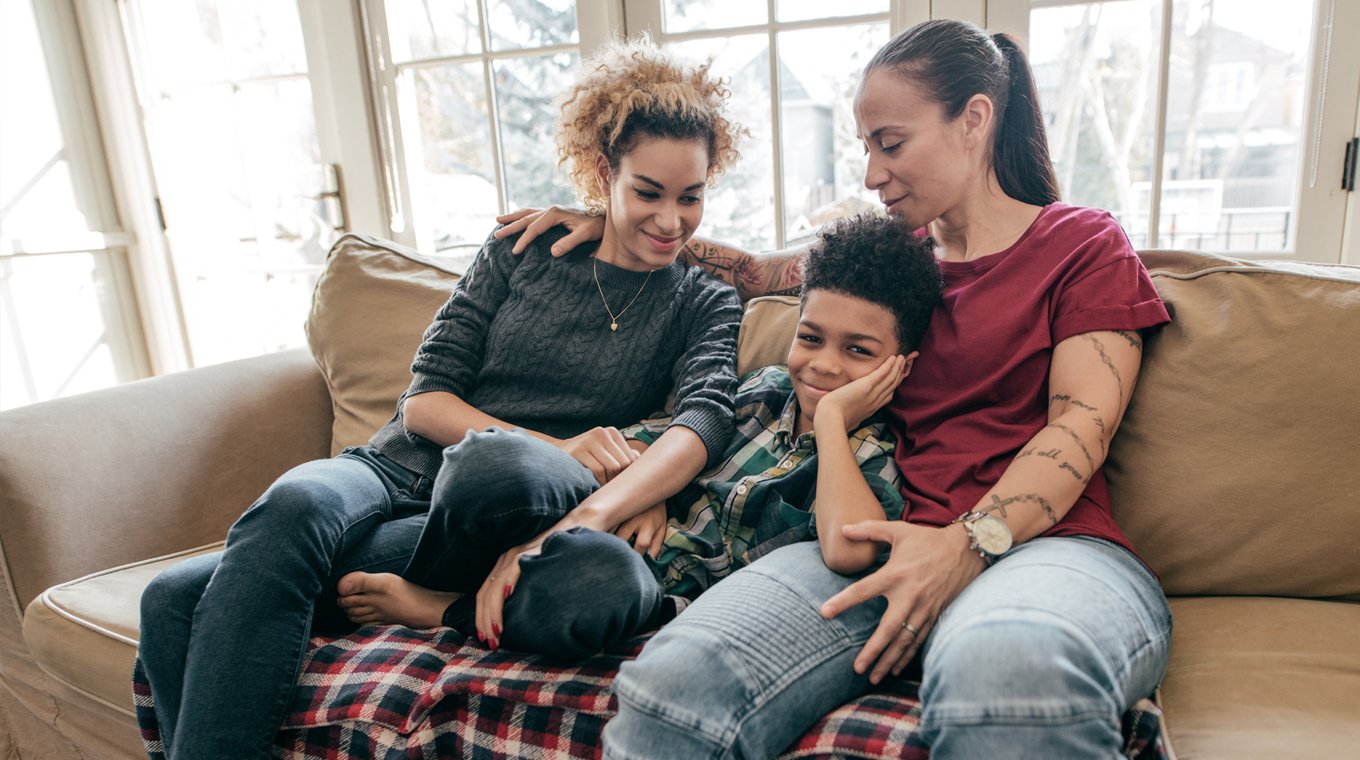
4) Find age-appropriate ways to discuss sexual orientation and gender identity
Even if you may be uncomfortable discussing Pride, there are ways to do so that is age appropriate. “My kids are getting closer to the age where the conversation around Pride and sexuality is not as focused on ‘loving’ people in an emotional sense,” said Congdon. “We’ve started talking about attraction and how that comes in many forms.”
5) Learn from and share the stories of queer family members
Whether it is your story or those of your relatives in older, current, or younger generations, talk together with your children. Were there politically significant events they witnessed? How do they observe Pride month — and beyond?
6) Normalize an open and accepting environment for LGBTQIA
“Youth who have supportive families have a greater sense of self-worth and have a stronger safety net to fall back on when faced with the common challenges of growing up LGBTQA,” John Thompson, MSW, told the Children's Hospital Los Angeles Blog. “Research shows that family support is a strong protective factor in building the resilience of youth and helping them cope with things like bullying, discrimination and conflict with peers.”
This year, Congdon said, “We’ll hang the bisexual flag at our house and keep talking about how love, relationships, and community come in many forms.” She wanted her kids to know that “they are safe to explore all of those things, knowing they’ll be accepted for exactly who they are.”
“We are a queer family with a lot of queer socialization,” Mark, Amy and David — a dad, mom and dad of four — told Mom.com. “We don’t need personal affirmation of our sexual orientations. For us, it was about enculturation for the kids, that this is the holiday of Our People. That we have to march beside or cheer for all these different people who some of them live very, very different kinds of lives for us, but they are still Our People in a way that mainstream cisgender heterosexual white professionals just aren’t.”
Activities to do with your children
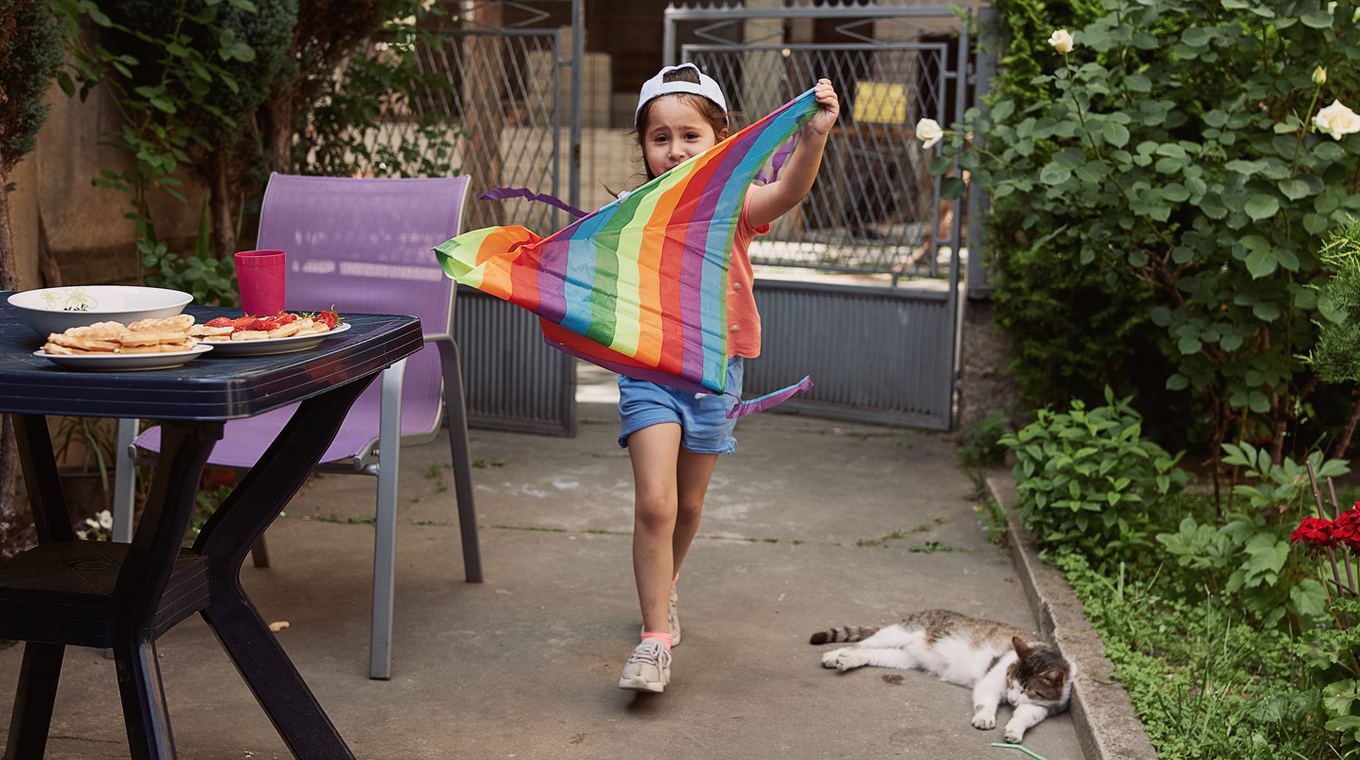
7) Attend local Pride parades and events (virtual or otherwise)
While this year may have fewer in-person events due to the coronavirus, many areas are offering virtual events. In previous years, mom Serena Cerezo-Poon would take her child with her wife to local parades with their respective companies. “I am so proud whenever my little one waves a flag (rainbow or otherwise) and shouts out, ‘Happy Pride!’”
8) Support queer art and businesses
Consume queer movies, books, music, literature, poetry, etc. Support your local queer-owned businesses. Get Pride/rainbow shirts and merch for your family. Remember, you can wear them even when it’s not June.
9) Celebrate Pride at home
Throw a dance party, eat rainbow cake, make and hang your own Pride flags, and video-conference with beloved family and friends.

